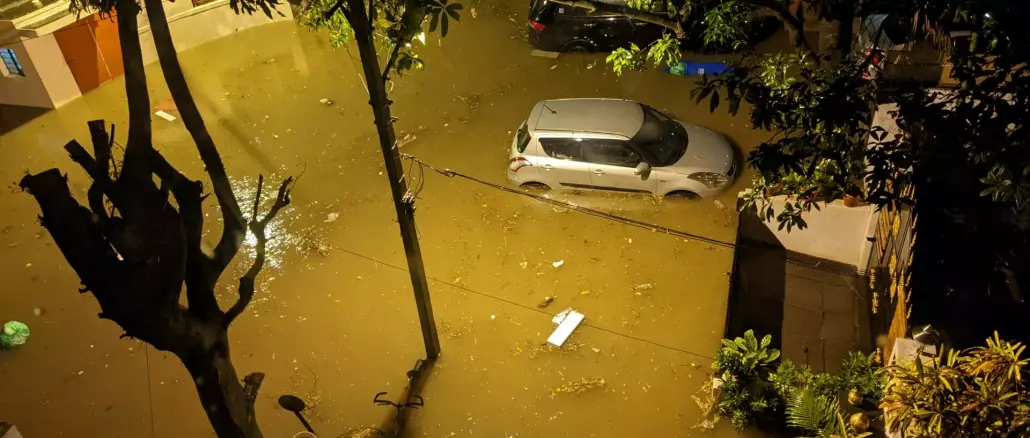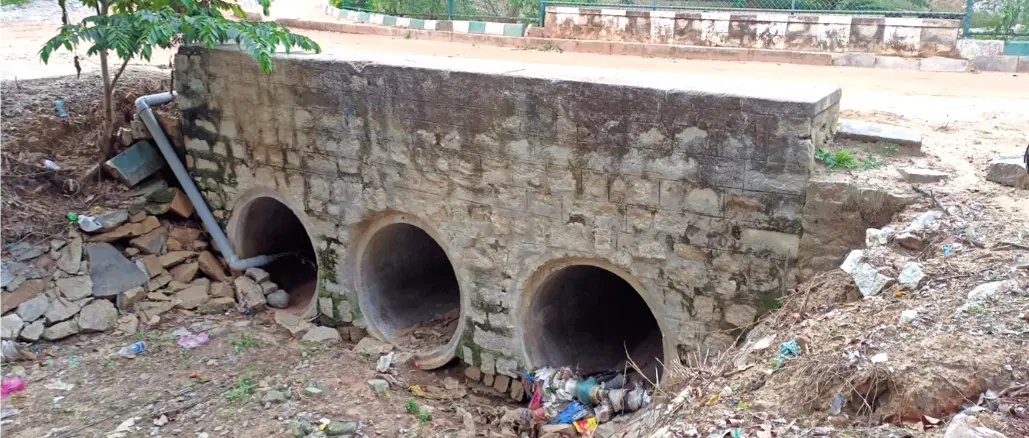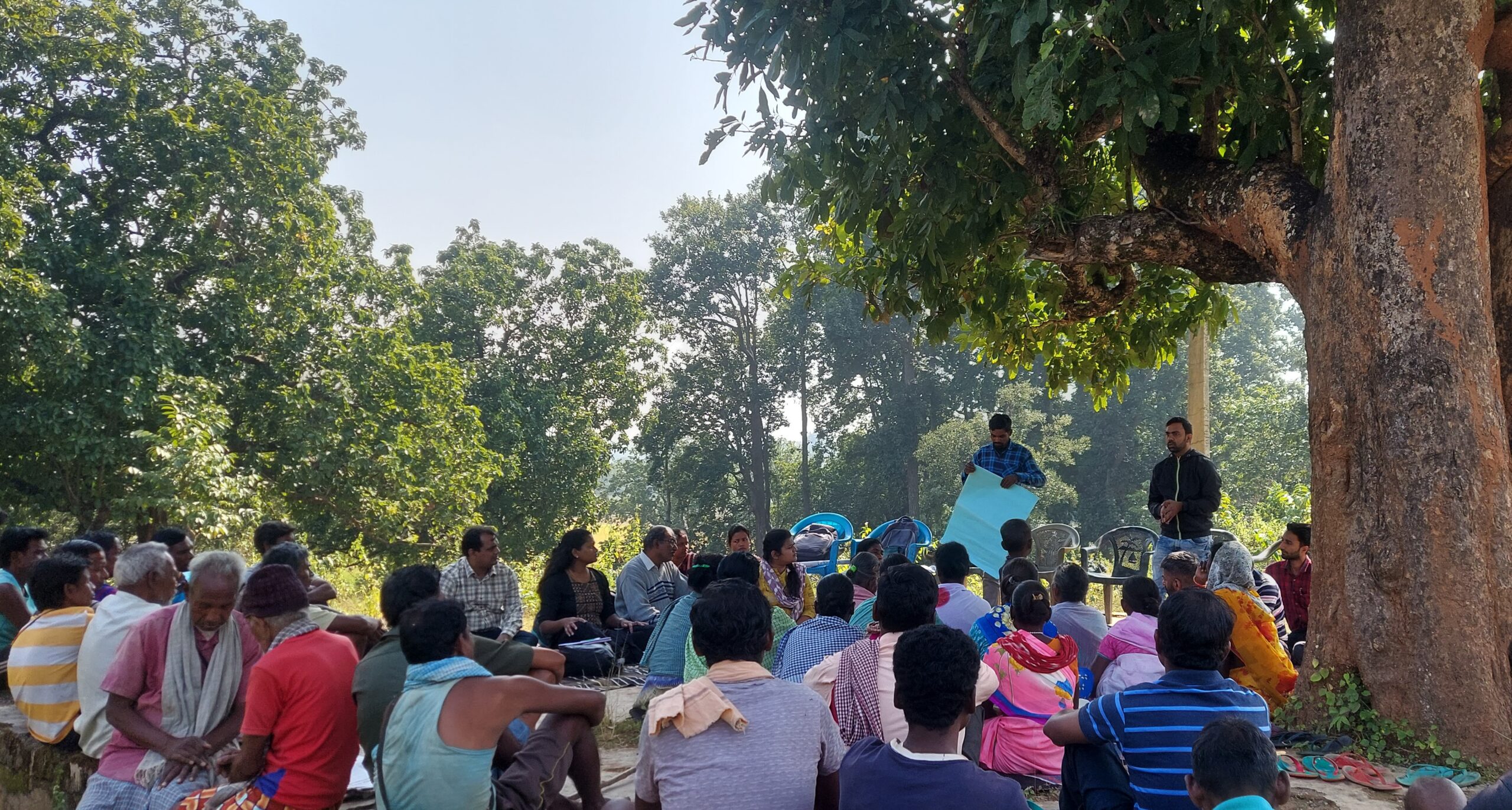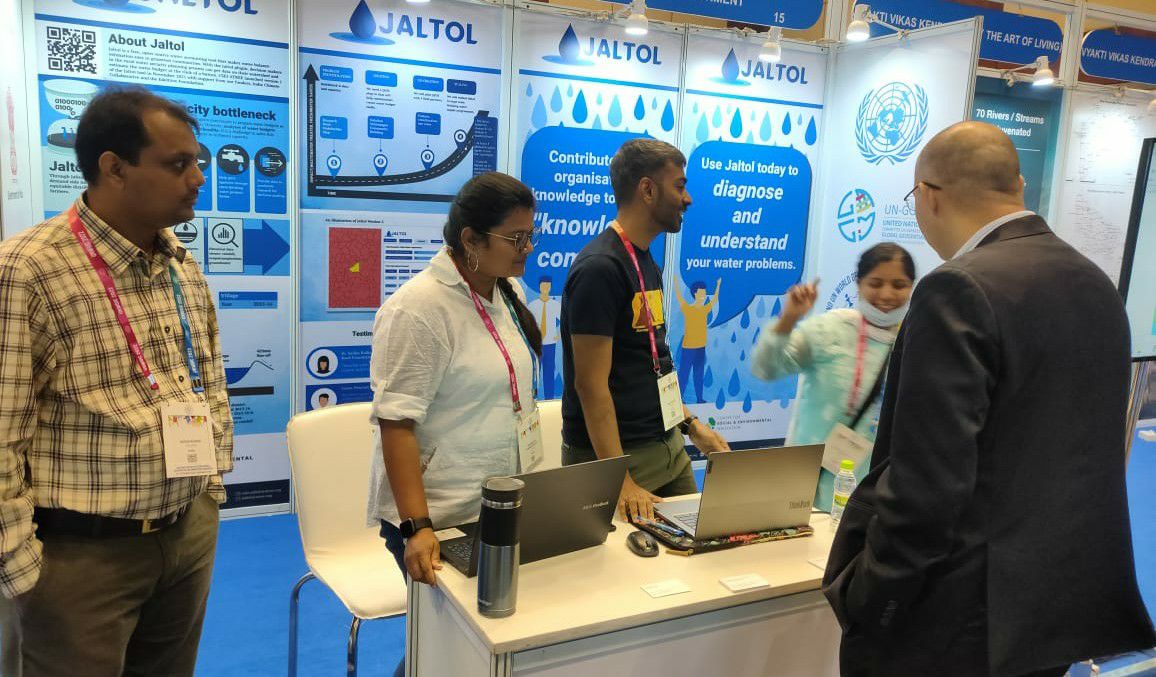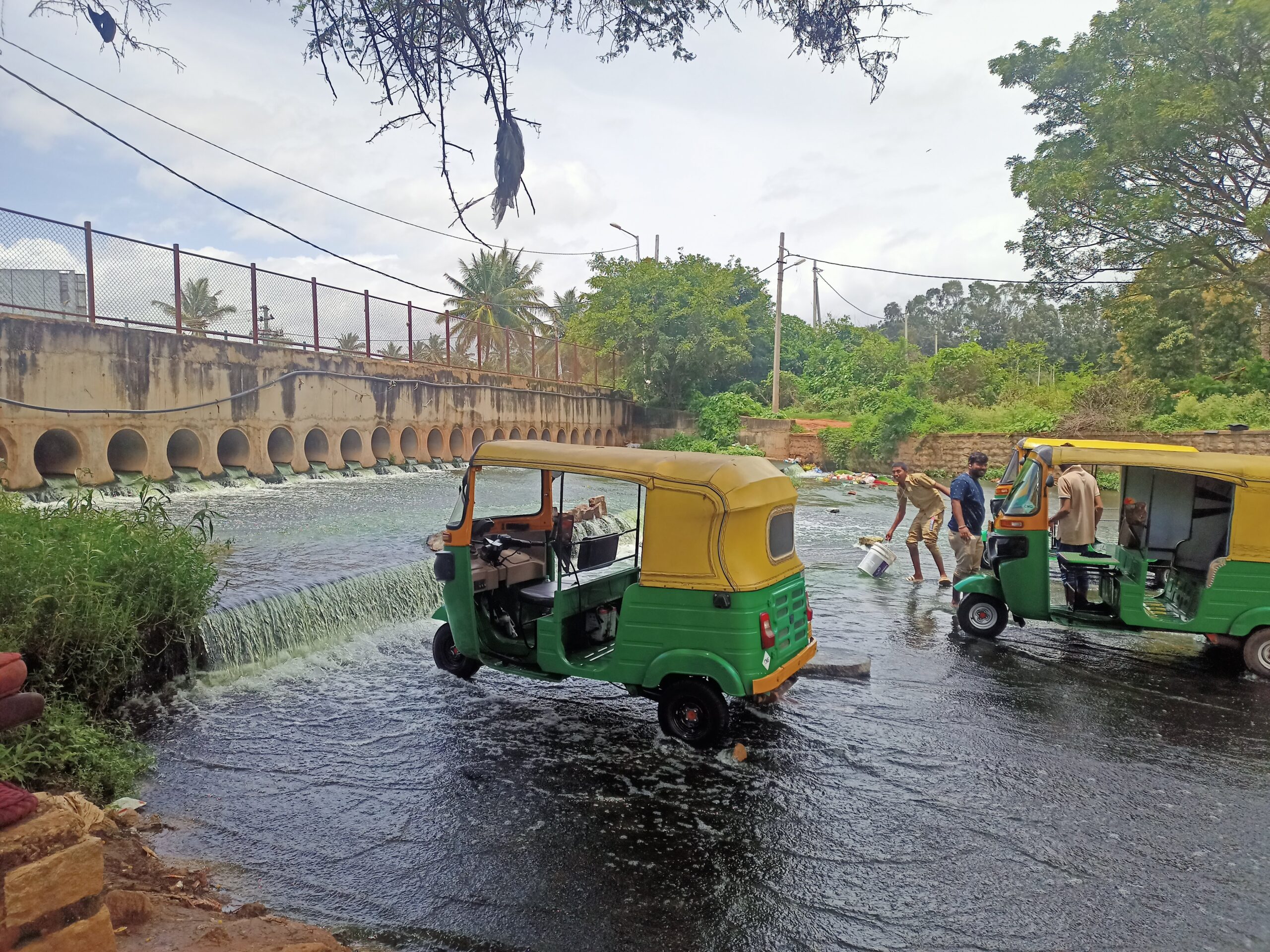People washing their autorickshaws at an outlet of Bengaluru’s Jakkur lake. Photo by Rashmi Kulranjan
Managing and utilising Bengaluru’s abundant rain to reduce the city’s piped water demand needs a holistic plan
A five-tower apartment complex in Bengaluru’s Hebbal was dependent on 130 ‘loads’ or orders of water tankers every month. Post the installation of a rainwater harvesting (RWH) system, the residents of the buildings have watched this number come down to 30. The city’s dependable rain, coupled with a well-maintained rooftop RWH system meets the rest of its water consumption needs.
A few streets away, at an independent house in the area, the beginning of the summer season brings with it empty sumps and dry taps, despite the full-fledged RWH system the building has. The building’s five residents spend Rs 500 every week to supplement their water supply during the hotter months of the year. While rainwater is collected from the 30×40 sq ft property’s rooftop, a majority of this leaks from the pipes connecting to the filter and storage tank. The runoff rainwater floods the front yard and overflows onto the road, say, residents. Without the required maintenance, the RWH system here lies mostly ineffective.
Tales of defunct, absent or insufficient rooftop rainwater harvesting mechanisms are seen across the city, leaving the city’s rainwater harvesting potential remain untapped.
During an average rainfall year, Bengaluru generates approximately 230 billion litres of water as run-off. “Out of this, only 10% is currently harvested, according to data from the Bangalore Water Supply and Sewerage Board (BWSSB),” says Shreya Nath who works on the Urban Water Program at WELL Labs.
Acknowledgements
Shreya Nath quoted in Deccan Herald. Article by Sweekruthi K.
If you would like to collaborate with us outside of this project or position, write to us. We would love to hear from you.
Follow us and stay updated about our work:

